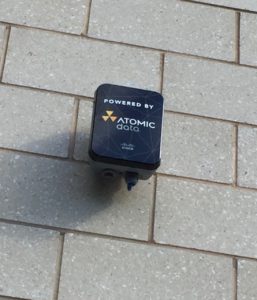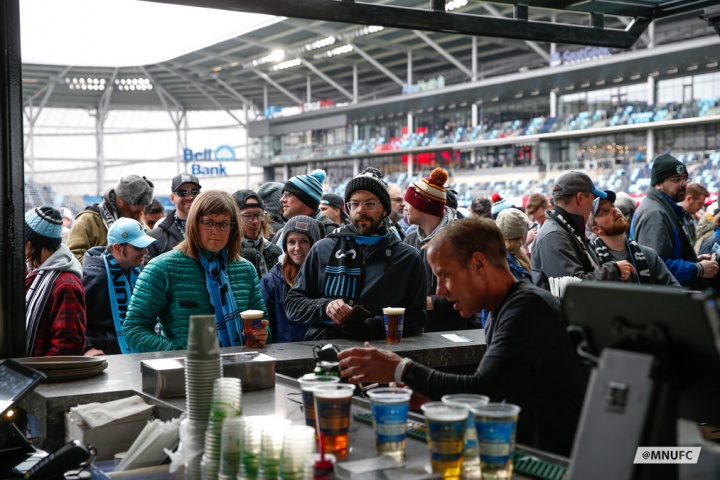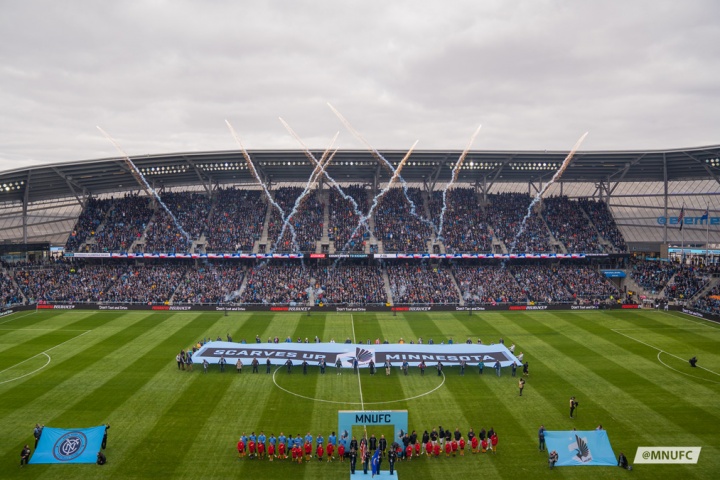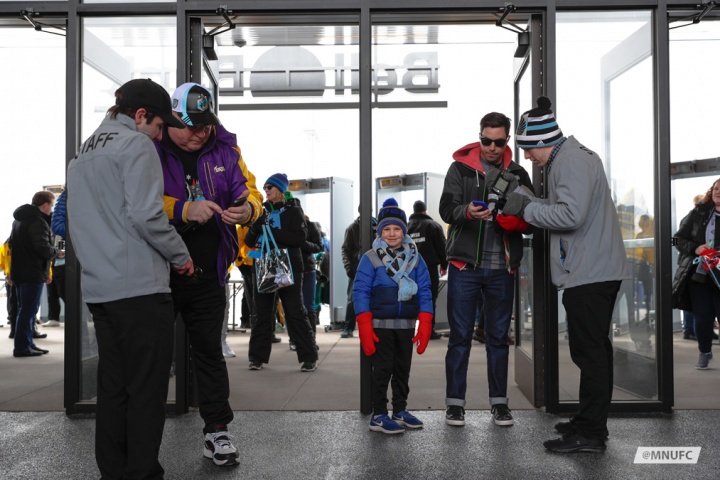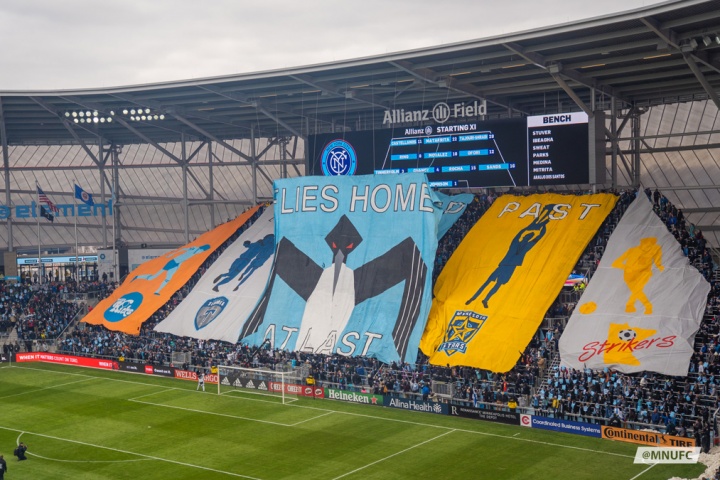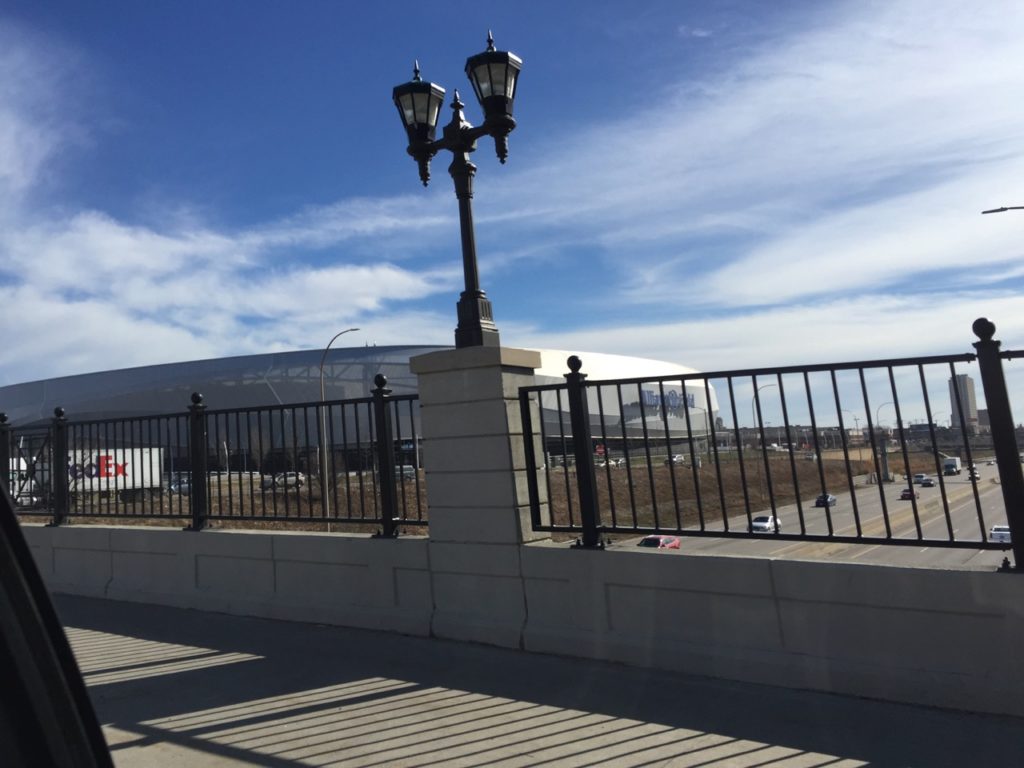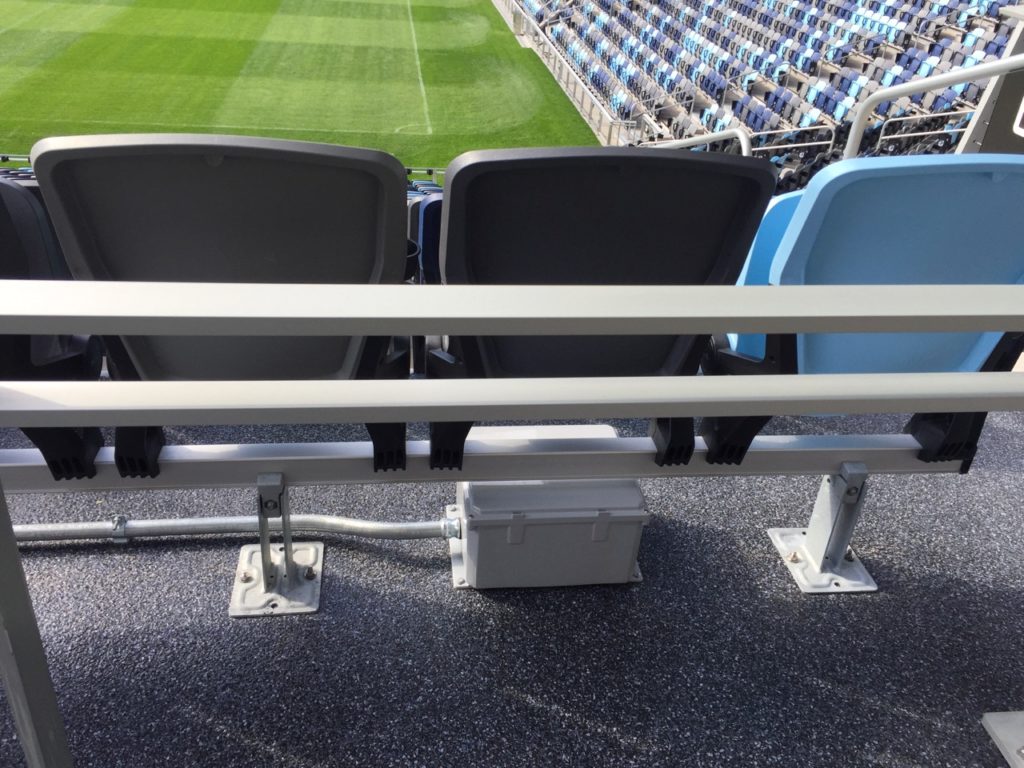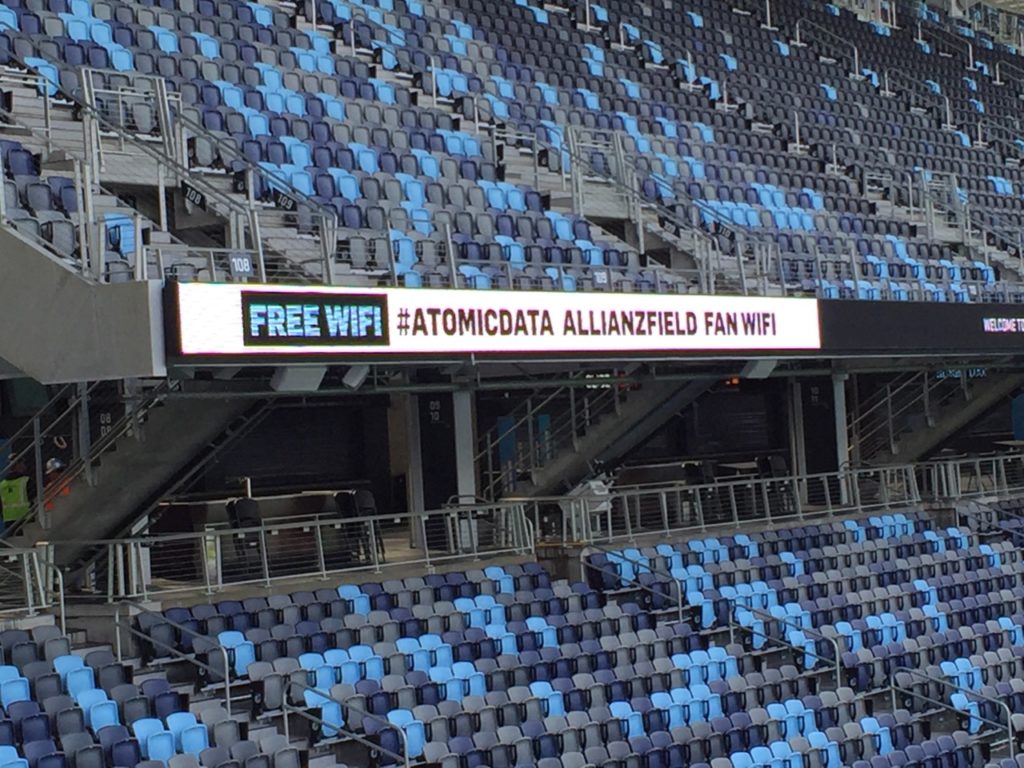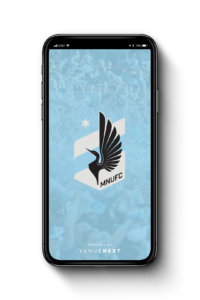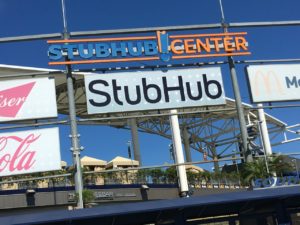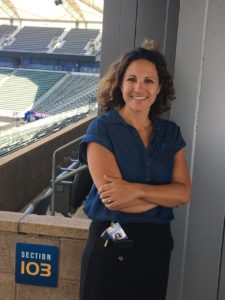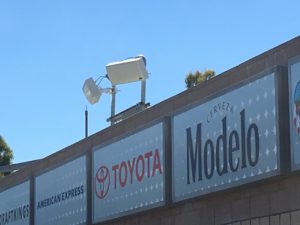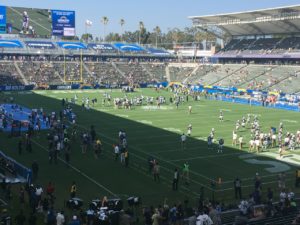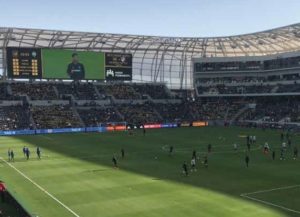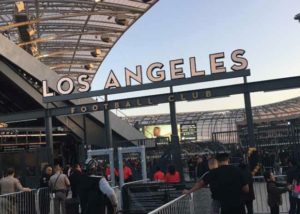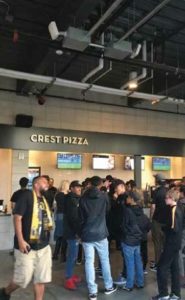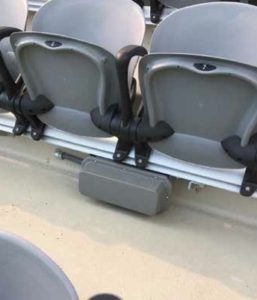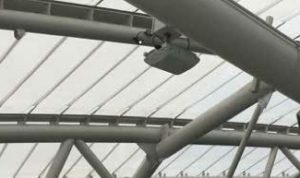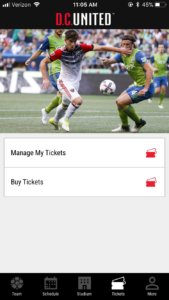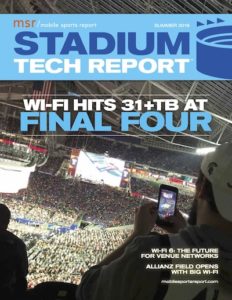 MOBILE SPORTS REPORT is pleased to announce the Summer 2019 issue of our STADIUM TECH REPORT series, the ONLY in-depth publication created specifically for the stadium technology professional and the stadium technology marketplace.
MOBILE SPORTS REPORT is pleased to announce the Summer 2019 issue of our STADIUM TECH REPORT series, the ONLY in-depth publication created specifically for the stadium technology professional and the stadium technology marketplace.
Our latest issue contains a research report on the new Wi-Fi 6 standard and what it means to stadium networks, as well as three separate profiles of Wi-Fi network deployments, including a look at how a temporary network helped fans use record data totals at the Final Four! Download your FREE copy today!
Inside the report our editorial coverage includes:
— A Wi-Fi 6 research report that looks into the new standard’s technology improvements that make it a great bet for in-venue networks;
— An in-person report from the NCAA Men’s 2019 Final Four at U.S. Bank Stadium, where the weekend saw a record 31+ terabytes of Wi-Fi data used;
— How Minnesota United’s new home, Allianz Field, got a big Wi-Fi network from a small company, Atomic Data;
— A look at the new Wi-Fi network at Chesapeake Energy Arena, home of the NBA’s Oklahoma City Thunder.
Download your free copy today!
We’d like to take a moment to thank our sponsors, which for this issue include Mobilitie, JMA Wireless, Corning, Boingo, MatSing, Cox Business/Hospitality Network, ExteNet, Neutral Connect Networks, Atomic Data, Oberon, and America Tower. Their generous sponsorship makes it possible for us to offer this content free of charge to our readers. We’d also like to welcome readers from the Inside Towers community, who may have found their way here via our ongoing partnership with the excellent publication Inside Towers. We’d also like to thank the SEAT community for your continued interest and support.
